I work with image processing in OpenCV in python. My main problem is light deflection. Can these deflections be removed with some method? I implemented a lot of code here, but cant find this particular lights deflections effect. 1)I implemented grayscale, sobel filter, median blur, histogram analysis for plates detections, but this deflections cause that my histogram is bad for edges from sobel filtering, removing these flashes cause that it should works good. An input image:


 This is the regions of the V channel above a certain level (i.e. a thresholded image):
This is the regions of the V channel above a certain level (i.e. a thresholded image):
